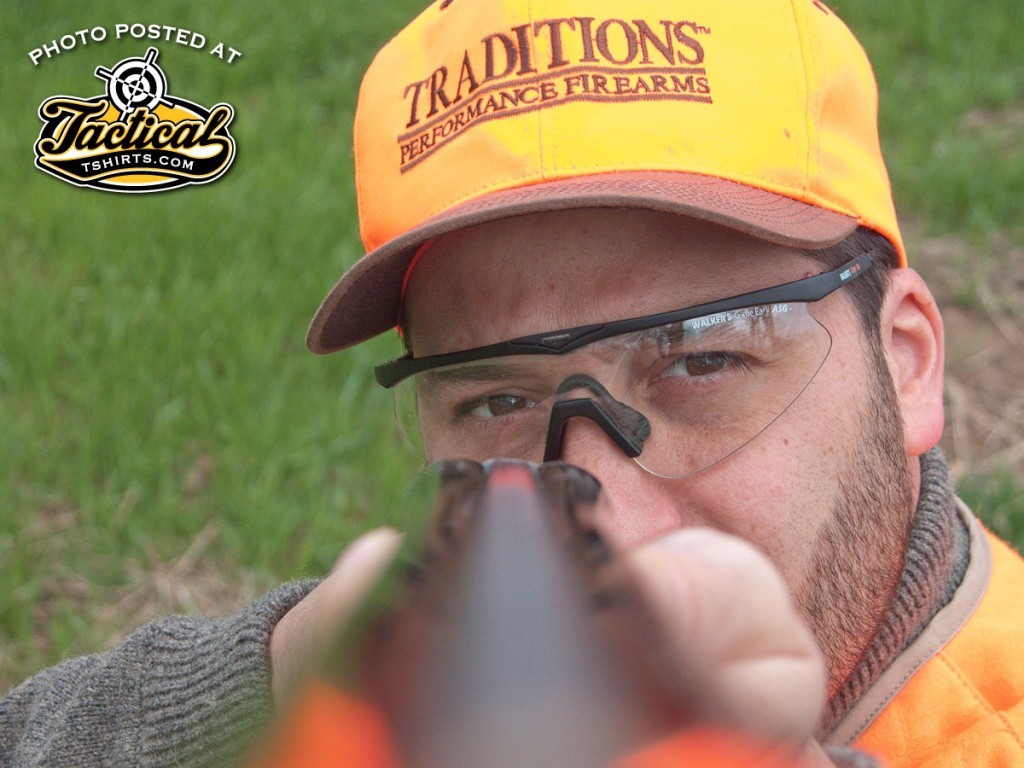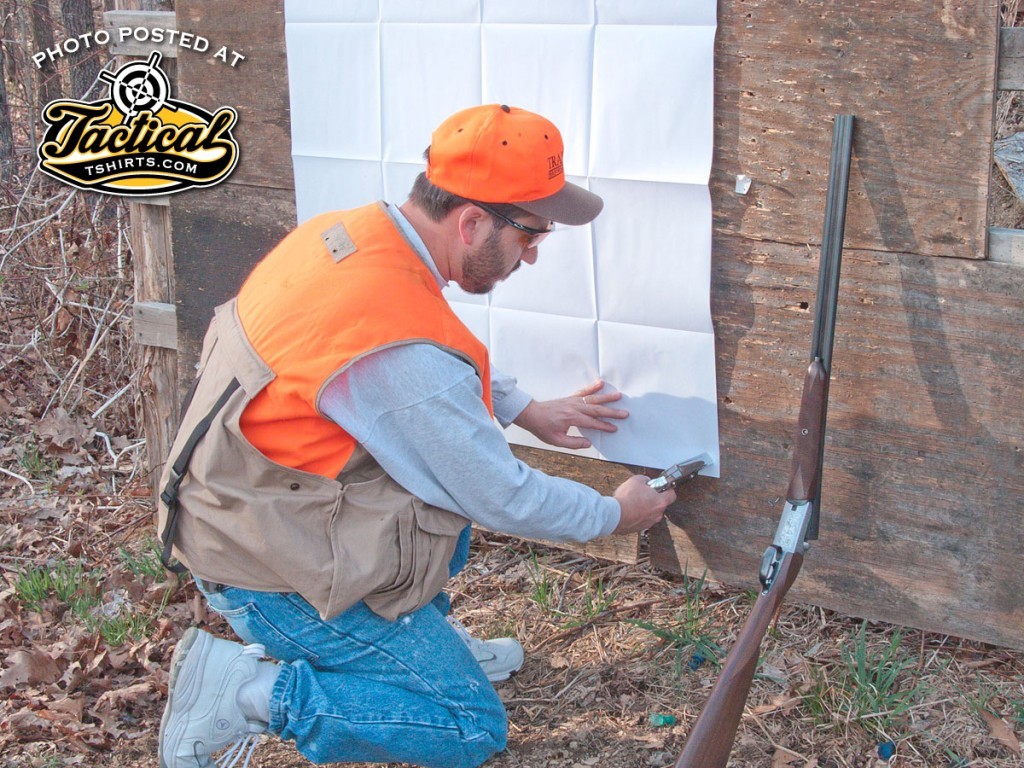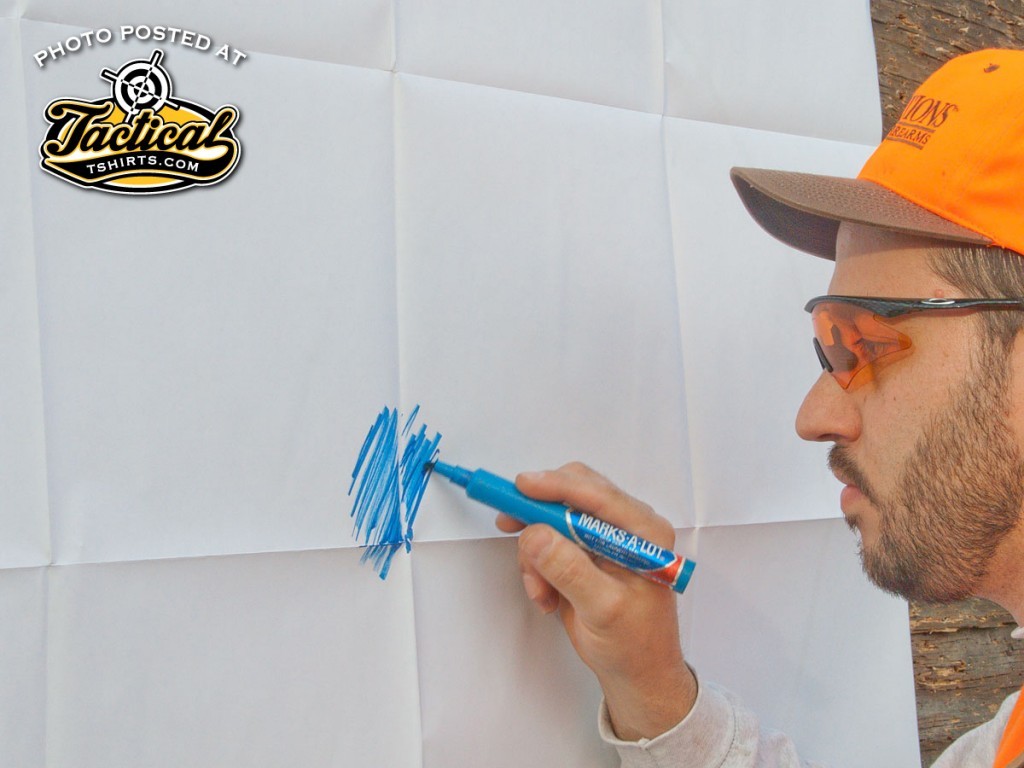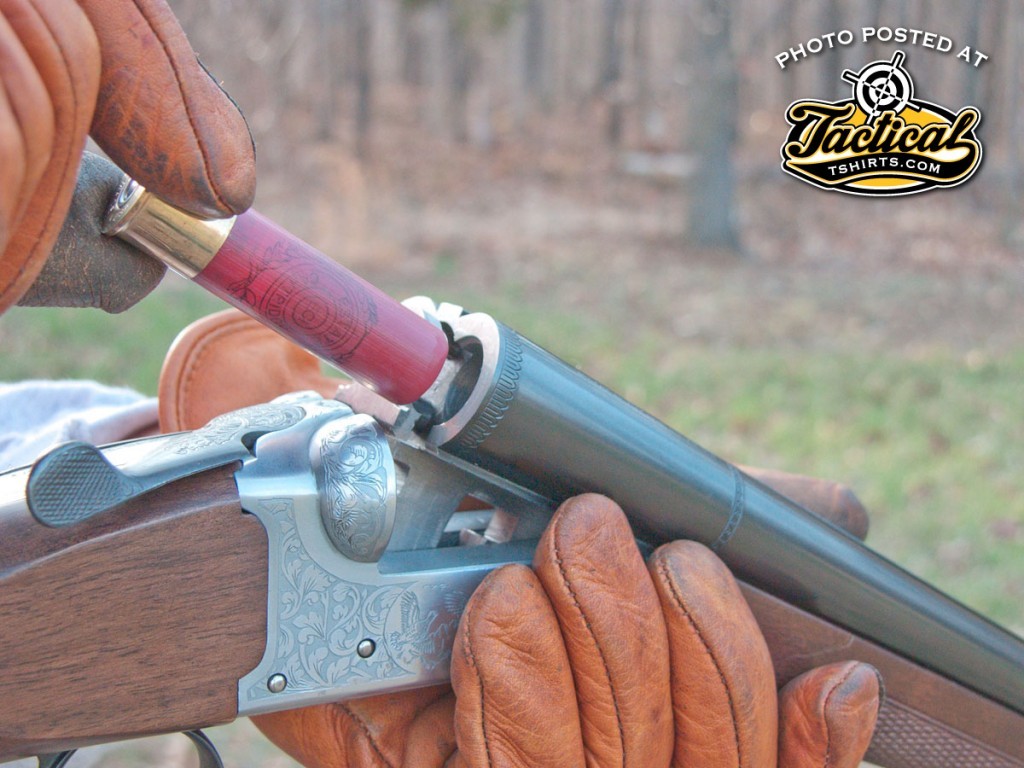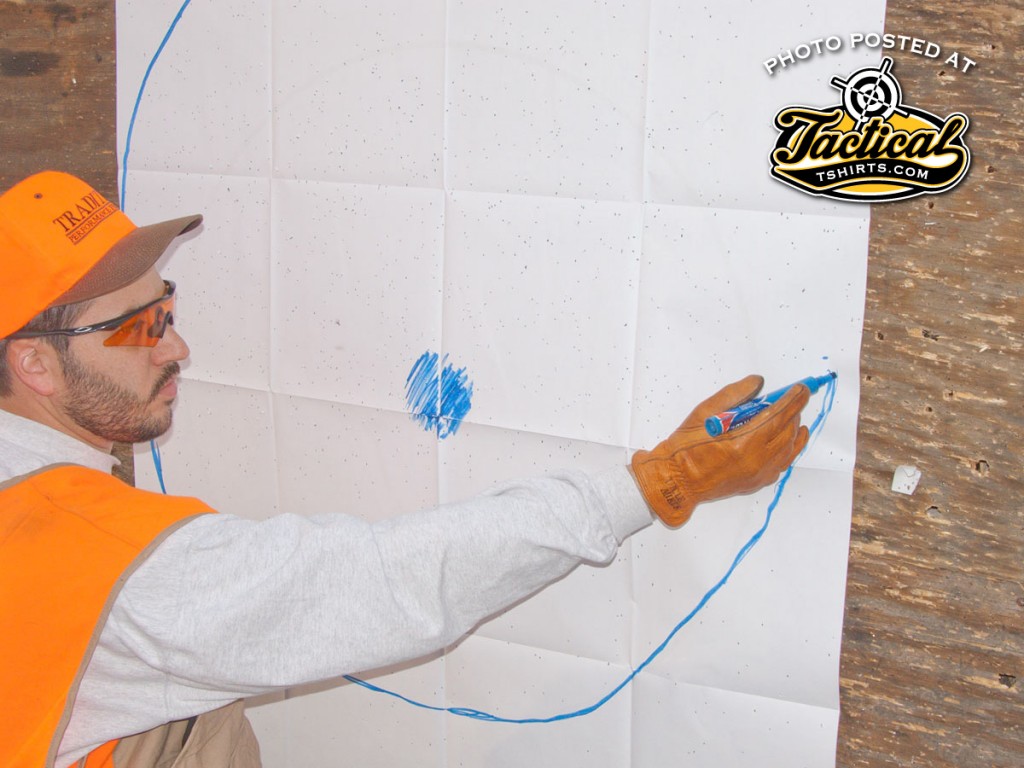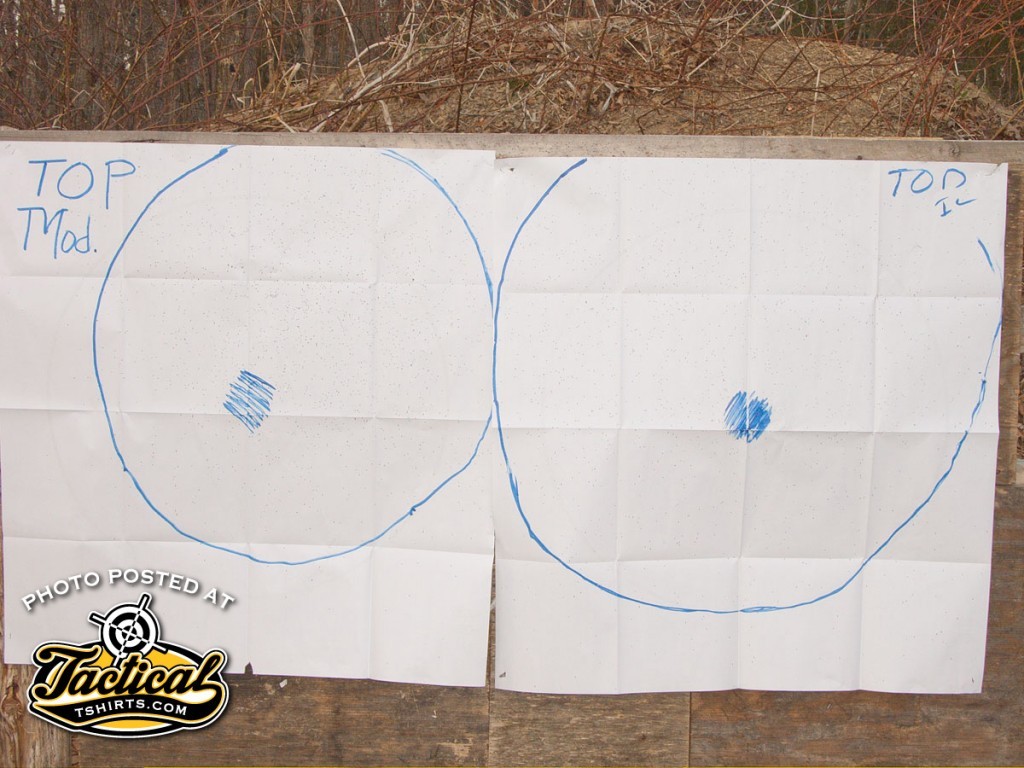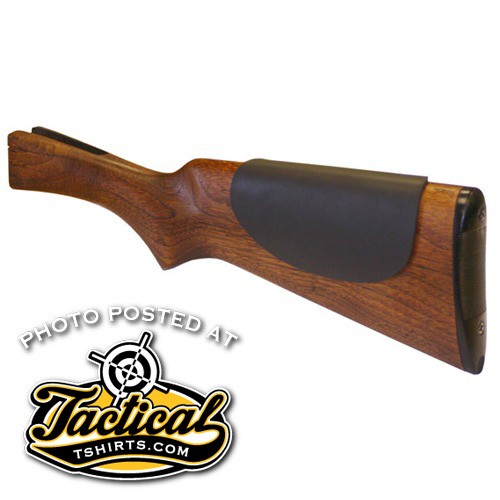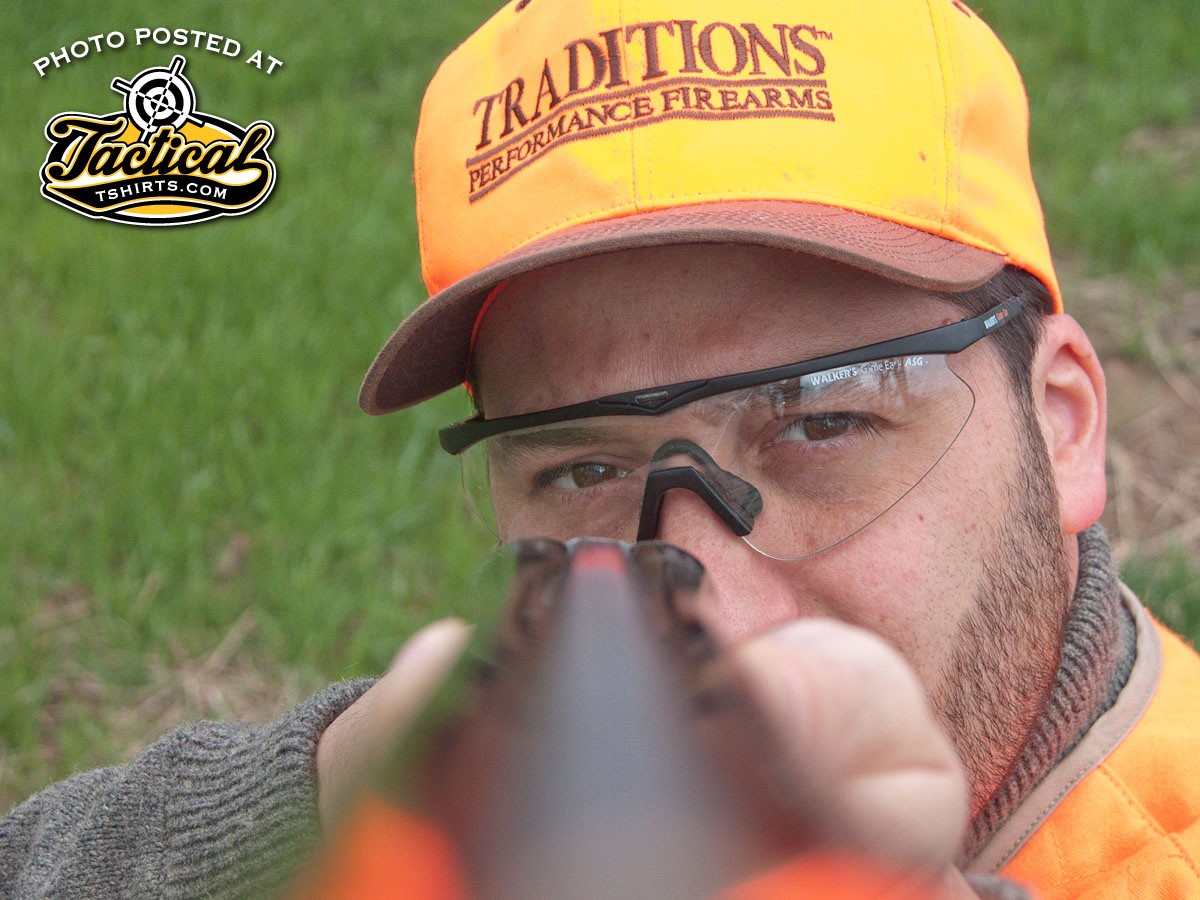
Just as you should sight in a rifle and see how different bullet weights and styles shoot, you should pattern a shotgun and see how different loads perform. You sight in a rifle by putting up a target, taking careful aim, shooting, and then adjusting the sights accordingly. It’s a bit different with a shotgun because your eye acts as the rear sight and you don’t exactly have windage and elevations adjustment screws in your head.
To see where a shotgun shoots, set up a large sheet of patterning paper in front of a safe backstop. Mark a spot in the center of it, step back 40 yards, and then raise and fire your shotgun in one fluid motion just like you would on a rising pheasant. Draw a circle around the pattern and it should be obvious if your gun shoots high, low, left or right of the aiming point. Just like you can have a “flyer” with a rifle, you can pull a bad shot with a shotgun, so you should repeat the patterning process a few times. Also, if you hunt in extremely cold weather where you would wear a thick coat, you should wear that coat when you pattern because it will change how you mount the gun.
Just like with a rifle, if your shotgun shoots low, you need to raise your rear sight. As I said earlier, your eye is the rear sight, and to raise it you need to add height to the comb. There are comb-raising kits for that. Likewise if you need to move your pattern to the left, (for right-handed shooters) you can add padding to the left of the stock. If your gun patterns high or to the right, the adjustment is not as easy. You need to either remove wood from the comb, or shim the gun where the wrist of the stock meets the action. Both of those are jobs best left to a gunsmith. If you need those adjustments, simply mark the top of the patterning paper and take it, along with your shotgun to a competent gunsmith who can make those adjustments.
- CMMG Banshee & DefCan - April 13, 2018
- Cartridges Before There Were Cartridges - May 7, 2017
- Gas Rings Seal Test - April 17, 2017


